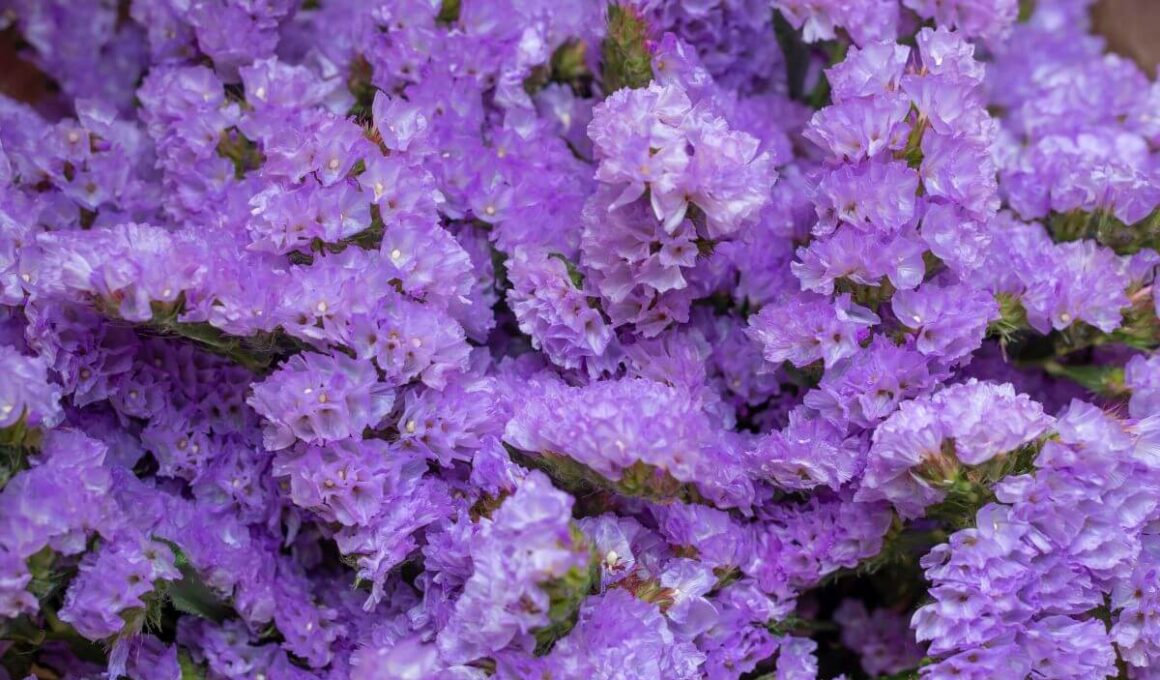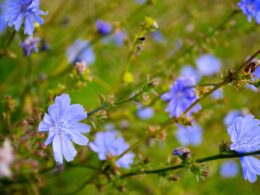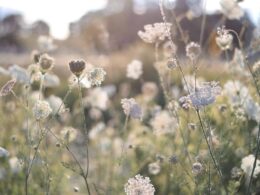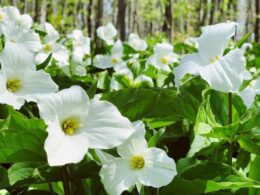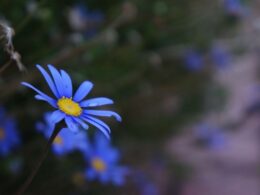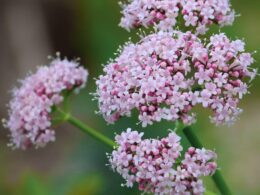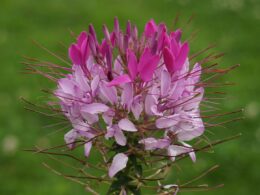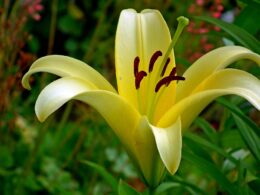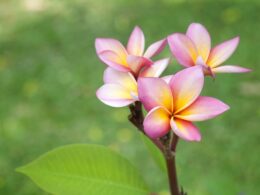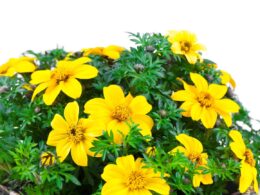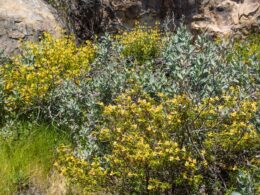Statice Flowers Appearance
Limonium sinuatum, also known as statice flower, wavyleaf sea lavender, sea lavender or sea pink, is a member of the plant family Plumbaginaceae. Statice flowers come in a wide range of colors, including white, pink, purple, lavender and yellow. They are often used in dried arrangements because they hold their color well after being picked. The statice flowers grow in clusters, are papery and can reach up to 15 inches in height. Although the statice flower is not particularly fragrant, its striking appearance more than makes up for it.
When Do Statice Flowers Bloom?
Statice flowers typically bloom in the summer, although the exact timing can vary depending on the variety. If you’re hoping to see statice in bloom, keep an eye out for flower spikes beginning to appear in late June or early July. They can appear in autumn before the first frost.
Statice Flowers Habitat and Distribution
The statice flower is native to Europe, Asia, and North Africa, but it has now been introduced to other parts of the world, such as North America. The statice flower prefers sunny locations and well-drained soil. It is often found growing on coastal cliffs, in meadows, and in other habitats where there is full sun and good drainage.
Statice Flowers Growing Conditions
The best conditions for statice flowers to grow are full sun and well-drained soil. These flowers are native to Mediterranean regions and do not thrive in hot, humid weather. They should be planted in an area that receives at least six hours of direct sunlight each day. The soil should be sandy or gravelly and have good drainage. If the soil is too heavy, it will hold too much moisture and the roots will rot.
Statice flowers are relatively drought-tolerant once they are established, so they do not need to be watered frequently. It is important to water the plants deeply, however, to encourage deep root growth. Overwatering can also result in fungal diseases that can damage the plants. Deadheading (removing spent flowers) will encourage the plant to produce more blooms.
How to Care for Statice Flowers?
Statice flowers are drought-tolerant and can tolerate a wide range of growing conditions, making them relatively easy to care for. They should be planted in well-draining soil and given full sun to partial shade. Statice flowers are generally pest and disease resistant, but they can be susceptible to powdery mildew in humid conditions. If powdery mildew appears, treat it with a fungicide according to the package directions. Statice flowers are long-lasting in fresh bouquets and make excellent dried flowers.
Statice Flowers Propagation
Statice flowers are often propagated by seed, although they can also be propagated by division. To propagate by seed, sow the seeds in a well-draining potting mix and lightly cover them with soil. Water the soil until it is moist but not soggy, and place the pot in a sunny location. The seeds will usually germinate within two weeks.
Propagation by Division
To propagate by division, simply dig up an existing statice plant and divide it into several sections, making sure that each section has a good root system. Plant the sections in individual pots filled with well-draining potting mix, and water them well. Statice flowers are easy to care for once they are established. They prefer full sun, but will tolerate partial shade.
Are Statice Flowers Invasive?
Statice flowers are native to the Mediterranean region, but they have been introduced to other parts of the world, including North America. While these flowers are not considered to be invasive in most areas, there have been some reports of them escaping gardens and spreading into surrounding natural areas. If you live in an area where statice flowers are not native, it is important to monitor your plants carefully to ensure that they do not escape and spread into nearby habitat.





